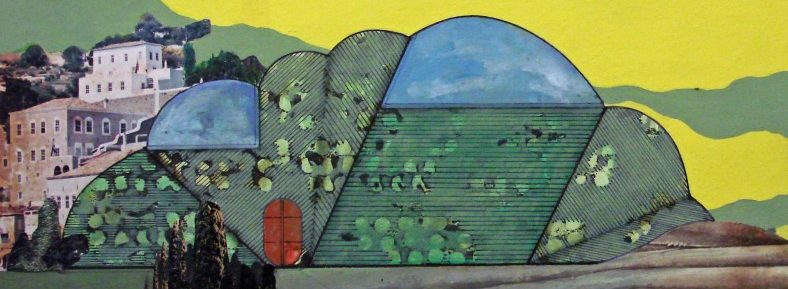


Don ZanFagna:
INFRA/ULTRA
Directed by Christopher Hanson and Aaron Neu
Original Soundtrack: Bill Carson
Executive Producer: Mark Sloan
Don ZanFagna’s notebooks provide an intimate look into the artist’s mind. Because the notebooks are somewhat fragile, they could not be handled by the general public. Instead, we commissioned videographers Christopher Hanson and Aaron Neu to provide a “fly-through” of ZanFagna’s notebooks in the form of a video. An original musical score by Bill Carson accompanies the visuals.
Following ZanFagna’s lead, Bill Carson did research into the Mesoamerican (Mayan) calendar system. He based his musical compositions on the overlapping cycles contained within this calendric system (embedding a 20 note melody over a 13 beat bass line, for example). The result is, predictably, hypnotic.
Born in Saunderstown, Rhode Island, in 1929, Don ZanFagna has a degree in art, architecture, and design from the University of Michigan and a MFA in painting from the University of Southern California. During the Korean War, he served as a fighter pilot. Following his discharge, he received a Fulbright/Italian Government Grant for study in Italy, in 1956–57. In the late 1960s, after relocating from California to New York, ZanFagna chose to remove himself from the commercial art world. He was more interested in the research and process of his art than its promotion or sale. In the 1970s and ‘80s, he was the chair of the art department at Rutgers University. The following decade, he was Visiting Eco-Architecture Professor at Pratt Institute. Now in his eighties, ZanFagna, with Joyce, his wife of fifty-five years, has retired near Charleston, South Carolina.